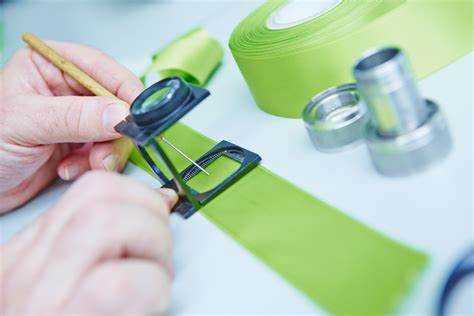Why do textile testing and certification?

Why do textile inspections?
Generally speaking, textile testing is to test the comprehensive performance and overall quality of textile fibers, yarns, fabrics and even garments. The conventional testing items are: fiber content, pH value, formaldehyde content, decomposable carcinogenic aromatic amine dyes, color fastness These testing indicators require professional textile testing equipment to test.
As the domestic and foreign markets have more and more stringent textile safety requirements, how to ensure product quality has become a difficult problem faced by textile companies. According to the textile inspection report, various indicators of textiles can be accurately judged, and products that pass the textile hazardous substance inspection are more likely to be recognized by consumers.
What are the main contents of textile hazardous substance testing?
The testing of harmful substances in textiles mainly includes the following types of testing: carcinogen testing, allergy testing, environmental hormone testing, heavy metal testing, and pesticide testing.
Some carcinogens can be detected by the detection method of carcinogenic aromatic amines or gas chromatography. The detection of allergic substances and harmful substances in textiles is that allergic dyes extracted from textiles can be identified by gas chromatography and compared with reference substances. The detection of dye allergy is mainly based on the incidence of allergic contact dermatitis and skin contact test. The identification of suspected allergens usually uses the skin contact test method. The detection and determination of environmental hormones is much more complicated and difficult than the detection of carcinogens.
There are four main methods for testing harmful substances in textiles, which are in vitro cell culture test, fish test, and amphibian and reptile test. The detection of heavy metals is carried out in accordance with the ecological textile standard 200, and the heavy metals on the textiles are uniformly extracted with artificial acid sweat according to ISO105-E04 (test solution II). The extracted heavy metals can be quantitatively analyzed by atomic absorption spectrophotometry (AAS), plasma emission spectrometry (ICP) or (colorimetric) spectrophotometry. For metal fittings, regardless of whether the surface is painted or electroplated plastic fittings, they must be wrapped with undyed chemically inert textile materials during extraction to avoid analysis errors due to wear. The last item is the testing of harmful textiles for pesticides. You can choose a suitable organic solvent to extract residual pesticides on textiles. After the extract is purified, it is quantitatively analyzed by gas chromatography. The detector can be a mass spectrometer detector or an electron capture detector.
Textile and clothing products can be seen everywhere in daily life, and all walks of life are paying great attention to the residues of harmful substances in textiles and clothing. Therefore, in order to ensure that textiles can meet the global restrictions on various harmful chemical substances and protect the interests of enterprises and customers, enterprises should choose dyes and chemical additives that meet safety requirements. Manufacturers and purchasers must pay attention to the harmful substances in textiles. Detect and try to avoid products containing various harmful chemical substances.
If a textile manufacturer wants to obtain a textile eco-label, it must pass the certification of the relevant textile testing equipment organization. If it wants to obtain a textile eco-label, it must pass the testing and certification of well-known textile testing agencies in 15 countries around the world. Testing standards are used for comprehensive testing and certification. As long as the certification standards are passed, the textile eco-label can be obtained. This will have a good advantage in promoting textile sales and meeting the healthy life needs of consumer groups.
2021-08-13 14:46

